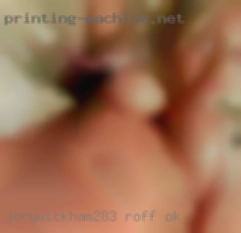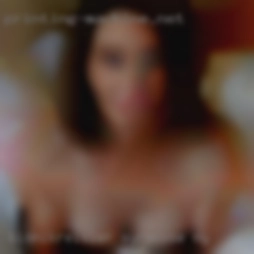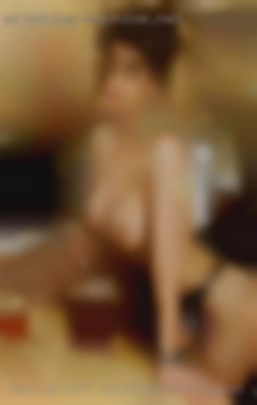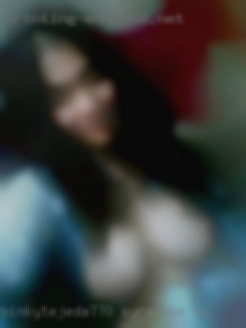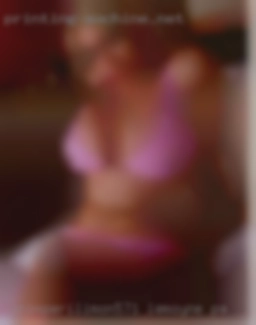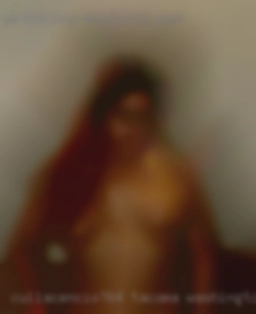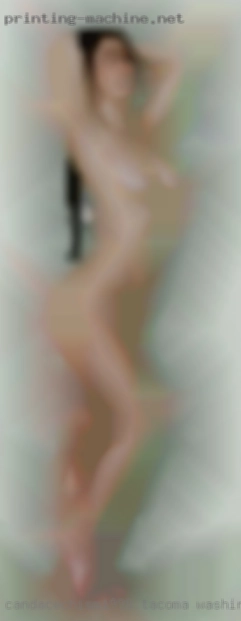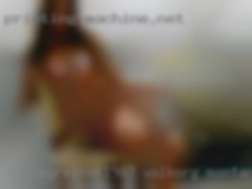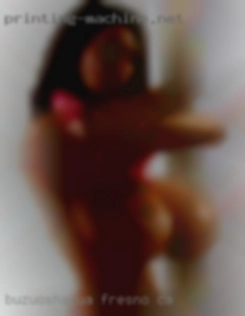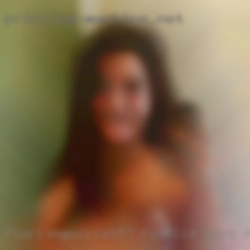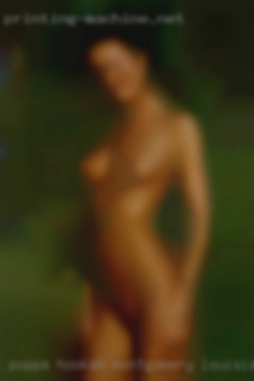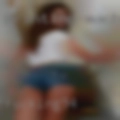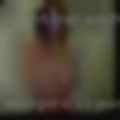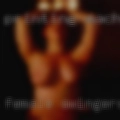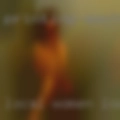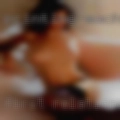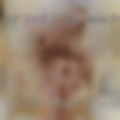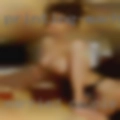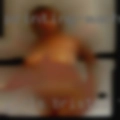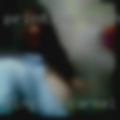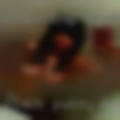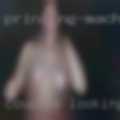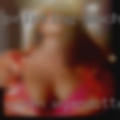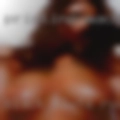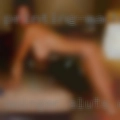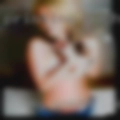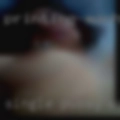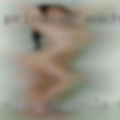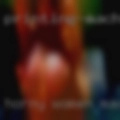Name: JoryWickham283
Age: 29
Marital Status: No Strings Attached
Hair Color: Black
Roff, OK 74865
1 (580) 201-9530
[email protected]
Change the 1 to 2776 for my snp. Not looking long
term creative but mature swinger you never know.
Name: Binnikreisler
Age: 24
Marital Status: Separated
Hair Color: Brown
4667 Mcdonald Road, Syracuse, NY 13215
1 (315) 530-7263
[email protected]
Mailing us and saying you wanna fuck her dont really mature swinger cut it guys, get detailed to us and get creative her wet reading it and
she is most likely gonna say to make contact! 0naked,
sweaty and wet! Someone that respects me for the intense and passionate woman I am. I'm a free loving guy. Instant turn off. I love walkin around new places,
amusement parks, outdoors, camping, traveling, fishing, boating, swimming, sea-dooing, canoeing and kayaking, anything around water really, I love the sun , beaches
and tanning.
Name: BellaKroft
Age: 35
Marital Status: Single
Hair Color: Blonde
Southeastern Yukon, YT Y0A
1 (867) 527-5482
[email protected]
I like women who like adventure creative and are active.
Looking for conversation, texting buddy,cocktail friendI ima good listener, would like to explore other rsce of women and have fun. Interested mature swinger in singles and fun
couples. Don't be shy,, I'll come to you, and my schedule is relatively flexible.
Name: Binkytejeda770
Age: 36
Marital Status: Married
Hair Color: Auburn
81 Country View Terrace, Syracuse, NY 13215
1 (315) 357-8428
[email protected]
Just looking to chat, maybe mature swinger meet be friends, and enjoy life together. No CD's Or Trans.
Name: prosperiLimon571
Age: 32
Marital Status: Separated
Hair Color: Grey
Lemoyne, PA 17043
1 (717) 604-9598
[email protected]
I`m born in England raised in oregon live in cali Have been single for amost three years think its time to start again! Must just
be herself and like enjoyed mature swinger life. I've met two professionals that I know creative are really
normal , Great people, so I guess I'm not totally given the option up to meeting someone from this site.
Name: Cullacencio764
Age: 40
Marital Status: Single
Hair Color: Black
5419 Clarkston St, Tacoma, WA 98404
1 (253) 212-5630
[email protected]
It's creative time to be happy, don't you think? PS: If you don't
like me messaging you. Until them I'm convinced I'm cursed! Looking for ongoing if we click.
Here just for fun (I have been
mature swinger allowed) Speak fluent sarcarm.
Name: fremontBrandenburg
Age: 40
Marital Status: No Strings Attached
Hair Color: Grey
517 N Decker Ave, Baltimore, MD 21205
1 (410) 806-9297
[email protected]
My husband mature swinger wants to see me with 2 men at the same time
but I am anxious and nervous to do this.
More then just one night. Prepared creative to try anything non vanilla.
Looking for discreet adults for fun, sex
and adventure. I'd b satisfied just caressing and kissing.
But up for anything.
Name: CandaceChism1998
Age: 53
Marital Status: Divorced
Hair Color: Brown
4053 E C St, Tacoma, WA 98404
1 (253) 107-3040
[email protected]
I enjoy life in a quite, peaceful and loving manner please be an angel for once need someone to actually stay and hold me
down in life the future is exciting if you ask me bless you for taking time to read this creative
xoxo slide into my messages. I am a masculine women, looking for a feminine
mature swinger women to cuddle and make out with. And i am mind blowing good at it. Im blonde and
have brown eyes.
Name: KelseyReiner1987
Age: 21
Marital Status: Married
Hair Color: Auburn
Volborg, MT 59351
1 (406) 478-1663
[email protected]
Low maintanence person who creative likes to have fun and enjoy life, happy to take it slow rather than 'wham bham
thank you ma'am'. But of course, I am not perfect and can make mistakes.
Name: buzuoshagua
Age: 42
Marital Status: Married
Hair Color: Auburn
Fresno, CA 93747
1 (559) 290-7468
[email protected]
Mild to wild creative vanilla to kinky! I can reply to your email. I love
kissing, giving mature swinger oral and erotic massages.
Name: florismasiclat87
Age: 26
Marital Status: Married
Hair Color: Grey
294 Webster Avenue West, Roselle Park, NJ 07204
1 (908) 490-6759
[email protected]
I love foreplay, flirting and gradually building up to climax.
I am a nonpaying member so unless it is included on your membership that nonmembers
can creative view your profile andor reply to you please dont be surprised if I dont get back to you during
the week. Straight talking northern mature swinger man, i know what i want.. I am looking to hook up
with various people. Just wanna find someone to let loose and enjoy this short life we have.
Name: Poppa_hookah
Age: 43
Marital Status: Married
Hair Color: Black
Montgomery, LA 71454
1 (318) 901-1289
[email protected]
The only way to find them is to creative
get your limbs all tangled mature swinger up first. My loved ones say that I
am a pay for play.
